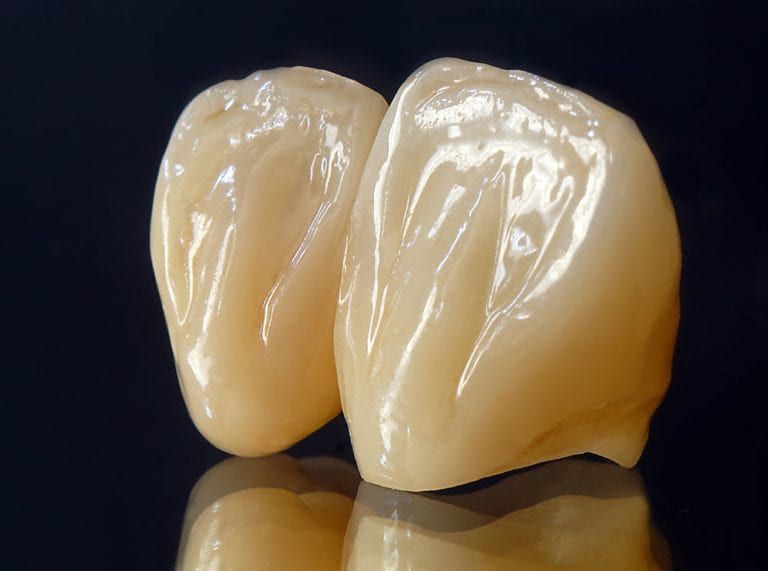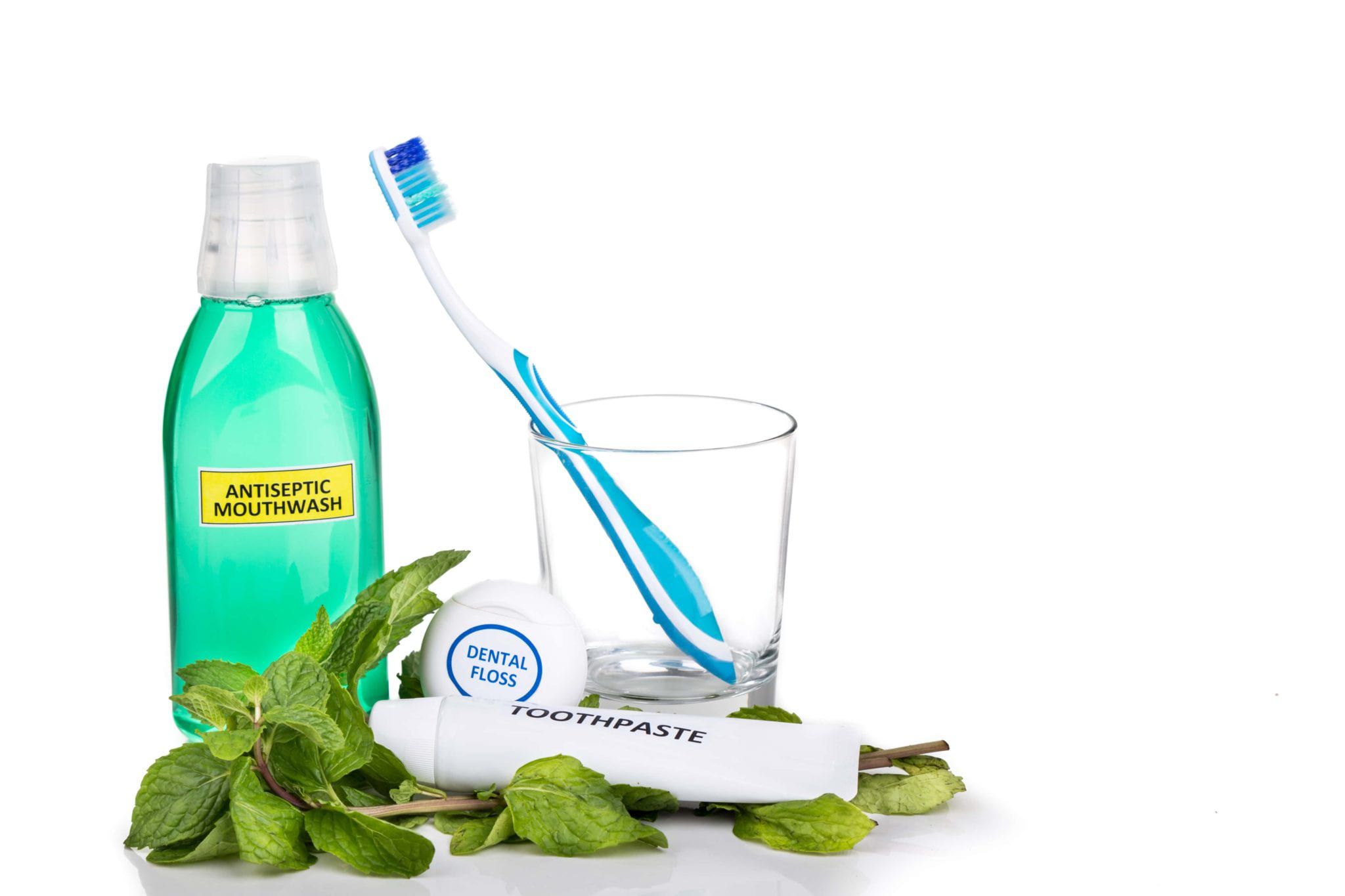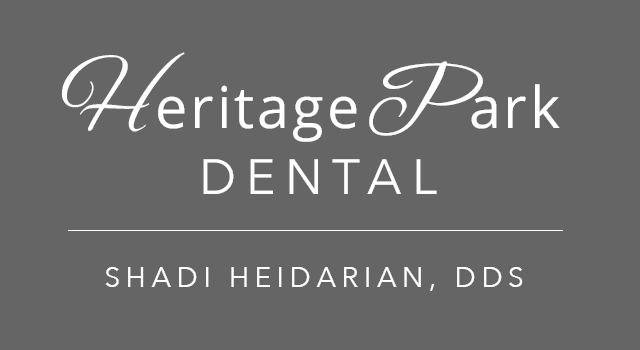How to Maintain Your Dental Restoration

Did you know that more than 120 million Americans are missing one tooth and as many as 36 million do not have any of their natural teeth? Edentulism is the term to describe the condition of being toothless. Edentulism can be either partial or complete, depending on how many teeth are missing.
Luckily, thanks to the advancements of modern dentistry, one does not have to remain partially or completely toothless. With restorative dentistry, missing teeth can be restored with a variety of methods. Teeth that are severely decayed or damaged can also be restored, preventing them from falling out or needing to be extracted.
Depending on whether you have decayed, damaged, or missing teeth, there are a variety of restorative dental treatments available including:
- Composite Fillings: first, rids your teeth of decayed tissue and then fills the remaining space with either gold, porcelain, silver amalgam, or composite resin. For a cosmetic option, usually porcelain or composite resin are used since they blend in with the teeth’s natural color.
- Crowns (caps): caps that fit over your entire tooth. Crowns are generally used to restore broken teeth or teeth that have had large cavities that cannot be restored with fillings alone. They can also be made from metal, although cosmetic options generally use porcelain.
- Dentures & Partial Dentures: both are used to replace missing teeth. Partial dentures replace a few missing teeth here and there, while a full set of dentures will replace an entire mouth of missing teeth. They are removable and generally come out at night.
- Fixed Bridges: bridges are also used to replace missing teeth and are a series of dental crowns attached to surrounding teeth with a pontic, or fake tooth, sitting in the socket of the missing tooth and acting as a “bridge” between the two remaining teeth.
- Root Canals: a restorative procedure used when tooth decay has reached the pulp, or innermost layer of the tooth. During a root canal, decayed pulp tissue is completely removed from the pulp chamber and root canals, and the remaining space is filled with a special material. Then the entire tooth is restored with a dental crown to protect it.

Even though these restorations are capable of restoring damaged, decayed, or missing teeth, they are not indestructible or immune to regular wear and tear. Dental restorations, as well as your natural teeth, require daily and seasonal maintenance to keep them in good shape. In most cases, the better you take care of your dental restoration, the longer it will last and the nicer it will look. Let’s take a look at exactly how to maintain your dental restoration.
First things first, to maintain your dental restoration, as well as any natural remaining teeth, a daily oral hygiene routine is extremely important. What should this daily oral hygiene routine look like? Well, it should consist of brushing twice a day and flossing once a day. If you have dentures as your dental restoration, you will need to brush your dentures and soak them in a denture solution.
Before you can start optimizing your daily dental routine, you need to make sure you are using the right tools for the job. Here are the tools that should make up your daily dental routine toolbox:
- Toothbrush: The ideal toothbrush should have soft, firm bristles and be long enough to comfortably reach the back of your mouth. It should also be approved by the American Dental Association (ADA). Toothbrushes that are too hard can be abrasive to your enamel and/or your dental restoration.
- Toothpaste: Your toothpaste should be fluoridated and approved by the ADA. In some cases, your dentist may advise you to use a specialized toothpaste, such as a whitening or sensitivity toothpaste.
- Dental Floss: There are different types of floss with different pros and cons. The right type of floss for you is the one that works best for your needs. The ADA notes that “there is no difference in the effectiveness of waxed or unwaxed floss”.

Now that you have the right tools, the next step is to make sure you are using them correctly. Although brushing twice a day and flossing once a day sounds simple enough, there are certain intricacies to this routine that some people may not be aware of. For example, to get the most benefits out of brushing, you must brush your teeth for at least two minutes. You also want to make sure that you are using the correct brushing technique. To brush your teeth correctly, you will start with the toothbrush at a 45 degree angle to your gums and use short back and forth strokes across your teeth.
Flossing is another important part of your dental routine because it cleans the other 40% of your teeth’s surface that is missed while brushing, like the spaces between your teeth or at the base of your gums. To properly floss, you will need to start with about 18 inches of floss. Wrap the slack around your middle fingers and hold about an inch between your index fingers and thumbs. Gently move the piece of floss up and down the sides of your teeth, as well as your dental restoration. Be careful not to smack the floss against your gums because this can cause bleeding and irritation.
Now that we’ve covered your daily routine, let’s take a look at your seasonal routine. Every 3-4 months, you will need to replace your toothbrush because they wear out over time and house millions of bacteria. Every six months you will also need to visit Heritage Park Dental for your regular dental check up and professional teeth cleaning. These appointments are highly important because they allow Dr. Heidarian to evaluate your oral health and dental restoration to make sure everything is looking good.
Properly maintaining your dental restoration with daily and seasonal care will ensure that you get the most use out of your dental restoration. The maintenance for your dental restoration will also be beneficial to your remaining natural teeth and your overall oral health as well. For more information on how to maintain your specific dental restoration, Schedule a consultation with Dr. Shadi Heidarian of Heritage Park Dental today! Heritage Park Dental serves Palo Alto and the surrounding communities.

